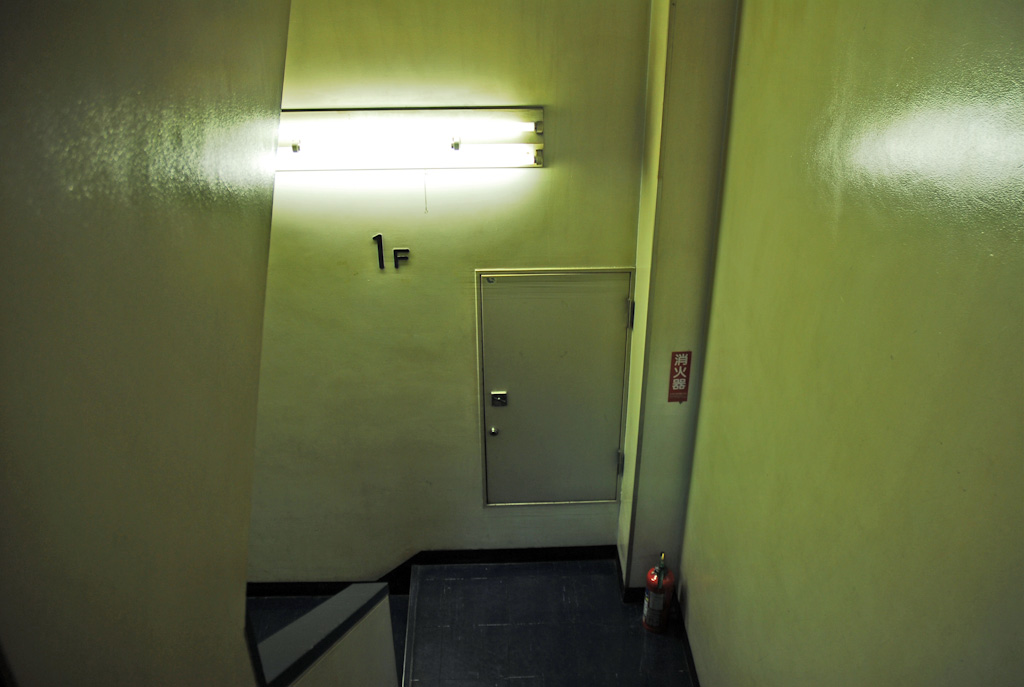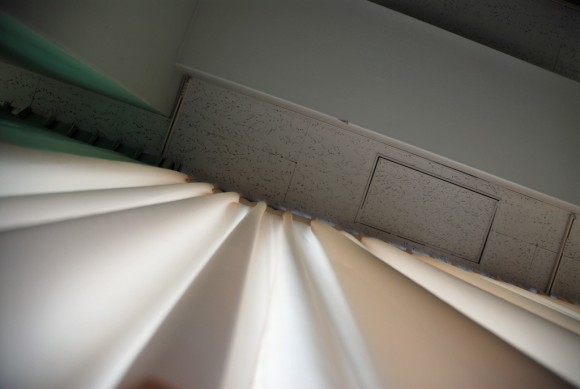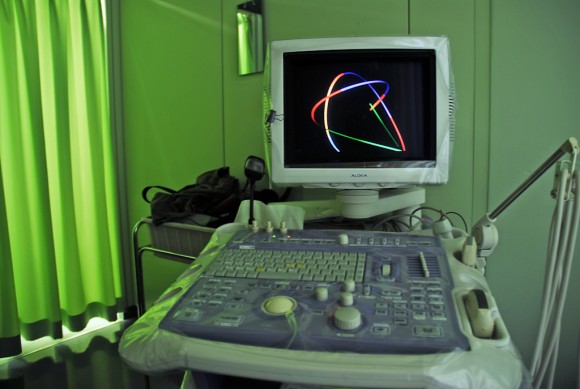This afternoon’s office of sorts is a waiting room in a health clinic. I’ve just spent half an hour lying on my side whilst getting an ultrasound scan of my heart. I was in here yesterday too and in the intervening 24 hours had the pleasure of walking around with a number of heart monitors strapped to my chest and an event monitor designed to log heart-related activities. So now the monitors are removed, the scans are done and I’ve got 45 minutes to kill before the doctor can talk me through the results.
The waiting room is empty other than a lady who has just arrived and is seated to my right. She keeps looking just above my head, but never making eye contact suggesting that either she is in here for a condition akin to having (vertically) lazy eyes, or more likely, something is occurring just above my head. She gets called by a consultant and leaves. Somewhere to my left, behind a frosted glass screen I can hear a receptionist ever-so ever-so-politely field calls and direct the odd incoming patient to the appropriate room in the clinic. Mus(ic/ak), is being piped through speakers in the ceiling – a mixture of piano sprinkled with acoustic guitar. The blandest of bland magazines sit in rack at my feet and tone of room is comfortable and muted. I suspect these are all deliberate design choices – little things that keep patients calm and collected as they wait to be tested or wait for test results. It’s a comfortable environment and now is as good an opportunity as any to catch up on emails and write.
I’m usually in the position of collecting data and asking questions of study participants, but today the view is from the other side of the fence. The doctor is young but appears to have a bedside manner and level of experience that somehow belies his age. New experiences are fun and this is no exception: warmed gel on the tip of the ultrasound; a lying posture which i guess is optimised for reading the patients heart and minimising spoken interaction; listening to the sound of blood being pushed around the body; and, over my shoulder watching as the doctor makes constant one-handed re-adjustments on an intricate control panel to bring up different views of the same data. To the untrained eye it all looks pretty complex. What exactly is he looking for, and once he’s found it how will he communicate it?
During the recent presentation in Seattle Ian Smith raised the issue of biases in self documentation techniques such as photo-diaries or everything-I-touch-diaries – for example choosing what to frame or not frame in a photo. A related issue is how monitoring changes behaviours.
If say, we could monitor everything you do for 24 hours – from what you consume to what you say what would you do differently? And perhaps more interestingly what are you motivations for doing things differently?


